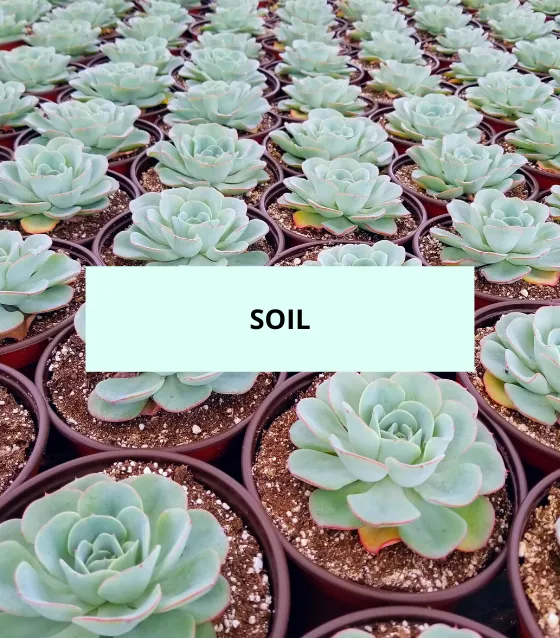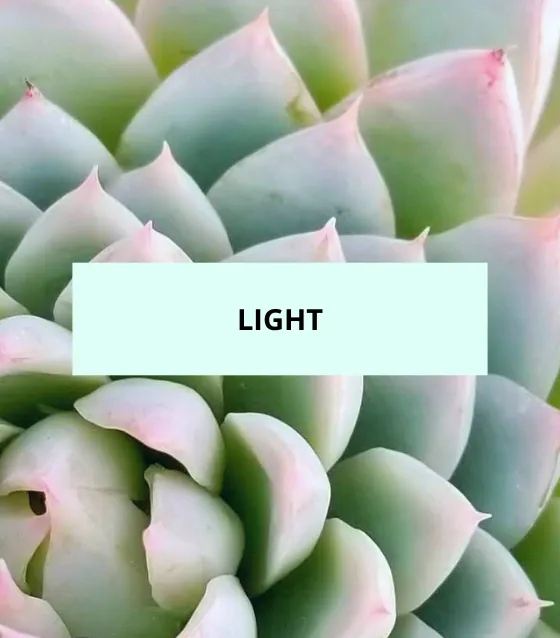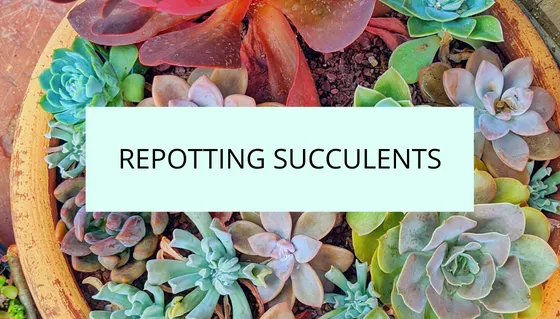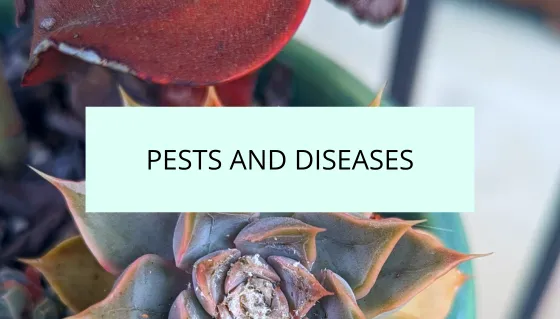In this guide, we’ll explore the world of Senecio stapeliiformis, a fascinating succulent that’s sure to catch your eye.
Dig in!
Appearance and Characteristics
Growth Habit
Senecio stapeliiformis is a slow-growing, clump-forming succulent that can reach up to 12 inches in height. It’s perfect for small spaces, as it doesn’t take up much room, and its unique appearance is sure to make it a standout.

Leaves
The leaves of this succulent are cylindrical and often referred to as “pencil-like.” They’re tightly packed and grow in an alternating pattern along the stems. Fun fact: the leaves can store water for extended periods, making this plant well-suited for life in arid environments.
Stems
One of the most distinctive features of Senecio stapeliiformis is its stems. They’re green, fleshy, and covered in vertical bands of grayish-white mottling. The bands give the stems a striped appearance, which some people say resembles a snake’s skin.
Flowers
The flowers of Senecio stapeliiformis are small, daisy-like, and typically orange or red. They emerge from the tips of the stems and provide a beautiful contrast to the plant’s striped appearance. Plus, they have a light, sweet fragrance that’s sure to delight your senses.
Habitat and Distribution
This unique succulent hails from South Africa and can be found in the Eastern Cape Province. It thrives in rocky areas and outcrops, where it can make the most of limited water resources. Despite its exotic origins, Senecio stapeliiformis has become a popular plant in cultivation, making it accessible to succulent enthusiasts worldwide.
Cultivation and Care
Soil
Senecio stapeliiformis prefers well-draining soil that’s low in organic matter. A mix of cactus soil and perlite or pumice is ideal for promoting proper drainage and preventing root rot. Trust me, this plant doesn’t like wet feet!
Light
This succulent enjoys bright, indirect light. However, it can tolerate some direct sunlight, especially in the cooler parts of the day. Just be sure to protect it from the harsh afternoon sun, which can cause scorching.
Water
As a drought-tolerant plant, Senecio stapeliiformis doesn’t require much water. In fact, it’s better to let the soil dry out between waterings. Overwatering can lead to root rot and other issues, so it’s best to err on the side of caution.
When you’re rooting or transplanting your succulents and cacti, use SUPERthrive to help reduce the chance of transplant shock and grow a strong root system.
Temperature
Senecio stapeliiformis can tolerate a range of temperatures but thrives in a consistent environment between 50°F and 80°F. It’s not frost-tolerant, so be sure to bring it indoors if the temperature drops below 40°F. A little extra care goes a long way in keeping this plant happy and healthy.
Fertilization
Fertilize your Senecio stapeliiformis sparingly during the growing season, using a balanced, water-soluble fertilizer diluted to half strength. Avoid fertilizing during the winter months, as the plant enters a period of dormancy and doesn’t require extra nutrients.

Succulent fertilizer available to purchase on Etsy.
Propagation
Eager to share your Senecio stapeliiformis with friends and family? Propagation is a breeze! You can propagate this succulent through stem cuttings, which should be allowed to callous for a few days before being placed in well-draining soil. With a little patience, you’ll have new plantlets in no time.
Potential Problems
Pests
Senecio stapeliiformis can fall prey to common succulent pests such as mealybugs, aphids, and spider mites. Keep a close eye on your plant and tackle any infestations early with insecticidal soap or neem oil.
As an Amazon Associate I earn from qualifying purchases at no additional cost to you.
Fix the pest problem on your succulents and cacti with these popular insecticides.
Diseases
Root rot is the primary disease concern for Senecio stapeliiformis. Prevent this issue by using well-draining soil and avoiding overwatering. If you do spot signs of root rot, remove the affected areas and repot your plant in fresh, dry soil.
Uses in Landscaping and Design
Senecio stapeliiformis is an eye-catching addition to any succulent garden or xeriscape, thanks to its unique appearance and hardy nature. It also makes a great potted plant, adding a touch of exotic flair to your patio or windowsill.
Senecio stapeliiformis is a captivating succulent with an intriguing appearance and low-maintenance care requirements. Whether you’re a seasoned succulent collector or a beginner looking to expand your horizons, this plant is an excellent choice. Follow our comprehensive guide to provide the best possible care for your Senecio stapeliiformis and enjoy its unique beauty for years to come.











